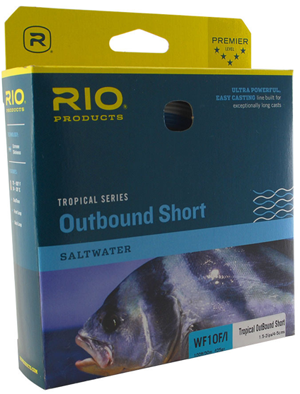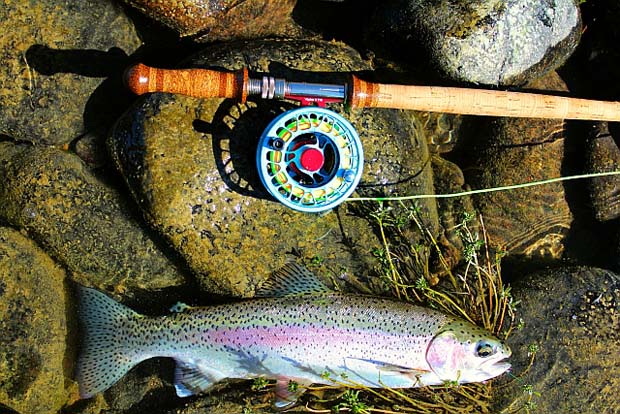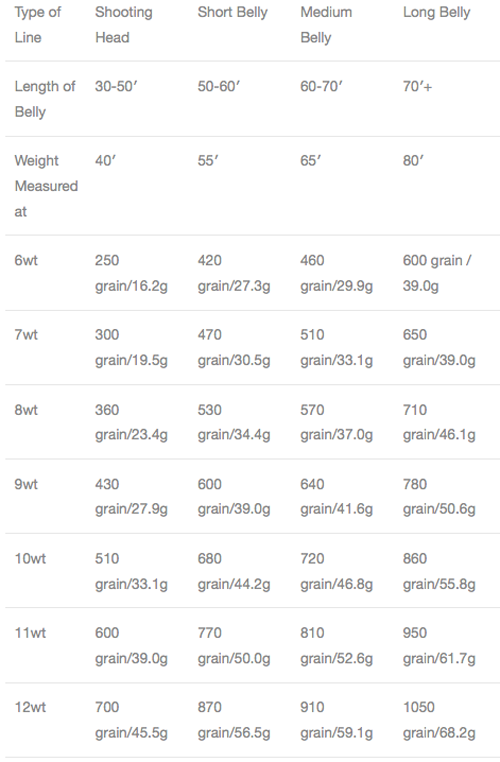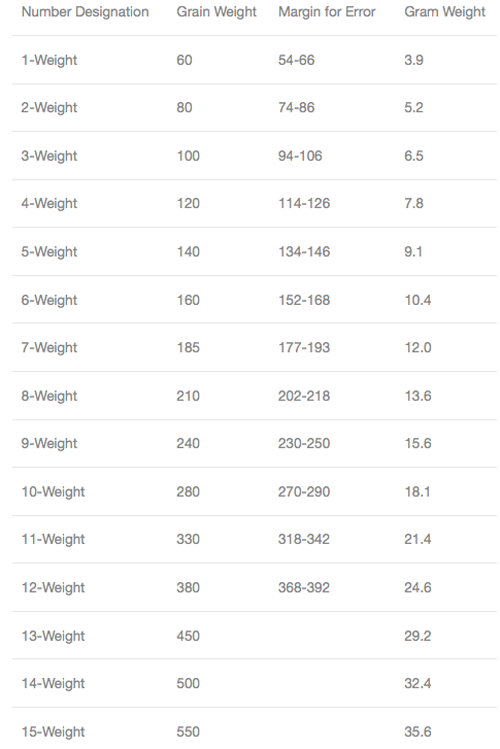About Switch rods and fishing the salt
[dropcap]T[/dropcap]he Switch rod is an American invention and is claimed to have originated in the shop of R. B. Meiser from Medford, Oregon. “The term switch rod originated in our shop. It is a coined phrase that has now become commonly accepted within the two handed community. All fly rods fall into two families: They are either single handed fly rods, or they are two handed fly rods. Switch rods are not a family of fly rods separate from single and two handed fly rods,” wrote Meiser.
Longer and Shorter
The common lengths for switch rods are are 10-foot, 6-inches and up to 11-foot, 6-inches, but there’s no written rule. Simply put; switch rods are shorter than traditional spey rods and longer than single-hand rods. The cork handles of switch rods are also similarly scaled. The front grip is about 11-inches and a rear grip about 4-inches.
Learning to cast a switch rod is a lot easier than learning to cast a standard single-handed 9-footer because, properly lined, a switch rod does the work for you by more easily loading the rod with its heavy flylines.
Switch rods are named such because they can be swung cast as in spey casting or can be cast over-handed, which is not doable with a spey rod nor is swing casting easily mastered with a single handed 9-footer. The advantages of a switch rod over conventional 9-foot rods are many: casting effort is significantly reduced, greater distance is easily achieved (It’s the length of the lever.); you don’t have to worry about what’s behind you because you can employ spey casting techniques using the water as an anchor to water haul or roll cast; you can add different fly line tapers and add tips to adjust for changing conditions – all done in just a minute or two. One switch rod, a few lines and throw in some differently performing tips and you’ve got multiple performance characteristics that would require a collection of several conventional 9-foot rods and reels to match the options. There’s money to be saved.
Try finding a fly shop!
Picking out the correct rod of any configuration is task enough; choosing the correct fly line another task and then there’s money matters to make it more difficult. At least with conventional 9-footers you can go to any fly shop and test drive a half dozen fly rods in a few hours and that same fly shop guy or gal that is helping you will ask you some questions about your skill level and what type of fishing you’ll be doing and from there get you rigged up perfectly. However, If you live on the Atlantic seaboard or along the Gulf Coast – finding a fly shop that carries even one switch rod would be like finding hundred dollar bills under your rug. Not likely. Currently, there just isn’t enough interest in those regions for shops to carry a few brands of switch rods. I think that will all change soon enough. The advantages of using a switch rod are just too many to ignore.
The high end rod makers of switch rods are Sage, Thomas & Thomas, Loomis, Scott, ORVIS, Winston and a few others. Several second tier producers also have respectable lines of switch rods, but all are made offshore (China, Korea or Mexico). R. B. Meiser, high end for sure, is solely dedicated to two handed-rod making.
Skagit, scandi, grain window and all that jazz
The good news first. If you have conventionally lined reels, they adapt well to switch rod use but with one exception. If you’ve bought a 7-weight switch rod you’ll need to use your reel that has 9- or even 12-weight fly line. If you use your 7- or 8-weight lined reel you won’t be able to load the 7-weight switch rod. The rule is – overline by three to five weights. Will you cast as far using this method versus spey lining your rod? No. Too, if you’re going to predominately overhand cast a switch rod then it would be beneficial to overline by one – even using a spey type line.

Finding switch rod fly lines to choose from for sub-tropical use is a big problem. This RIO Outbound works beautifully, but if the temperature gets in the low 70s the line may begin stiffening and get memory problems.
Oy Vey, my friend always says when things get complicated. Well, I agree when it comes to lining a switch rod. It’s unnecessarily friggin’ difficult. Partly because the measurements for spey (switch) fly lines are different and there’s a mind-boggling number of options as well as the jargon being generally unfamiliar to the 9-footer gang. For example, switch rods are rated on the two handed standard as designated by American Fly Fishing Trade Association, known by the acronym AFTTA. Single-handed rods are rated by American Fishing Tackle Manufacturers Association, known by the acronym AFTMA. What that all boils down to is AFTTA and AFTMA each take a very different grain weight of line to a single handed-rod and two handed rods. For example, a 5-weight single handed rod really works well with around 180 to 200 grains, whereas a 5-weight designated switch rod needs 300 to 330 grains to load the rod. That’s a huge difference.
Skagit
Skagit is a shooting head flyline meant for throwing big flies and sink tips with little to no room behind you. Fishing at a distance really isn’t the goal with skagit lines. The traditional head length is 50- to 75-feet. The line has a very short rear taper – about 5% of the total head length and the thickest part of the line taking up a full 80% of the head length and then the front taper takes up the remaining 15% of the head length. The sink tip and fly in front of this assembly will always straighten out, which is the point to begin with.
Scandi
Scandi, obviously derived from Scandinavian, is the invention of our northern European brethren and it was a flyline developed for spey casts with little room behind you and the need to make long casts of small flies meant for sipping trouts. It’s taper is roughly such: A short rear taper 5% of the total head length, followed the flat taper in the body taking up 35% of the total head length, and then the remaining 60% of the head length going to the front taper.
Tips
Probably “sink tips” would be a better description. These are add-ons to your flyline that are anywhere from about 10- to 20-feet long that are rated as sinking either by inches-per-second (IPS) or by floating, intermediate or fast, etc. These tips, like poly-leaders, bring tremendous versatility to both spey-like flylines and single handed flylines. Remember, when you’re using standard single handed flylines on you’re switch rod you’ll have to consider going upwards as many as four or five weights. It’s the “grain” weight of the flyline that will or will not load the switch rod. For example, my 7-weight switch rod loads very well using my 11-weight flyline. You can scroll down to the AFFTA CHART and easily match up your switch rod with conventional line weights. As you’ll see a 7-weight switch rod would need 380 to 400 grain weight line, or a a 12-weight line. Today, most switch rod makers identify what each of their switch rods require in grains.
Because of the rapidly developing interest in switch rods, both the fly rod manufacturing industry and fly line manufacturers have begun in earnest to develop newer and better rods and fly lines as well as accoutrements designed to make “choosing” even more complicated. But with a little due diligence regarding research, and hopefully this article, you should be able to figure out how to get into a better game by switching.
[information]
Two very useful websites that do a lot of explaining about how-to with regard to their switch rods and fly lines for switch rod are R. B. Meiser Spey Shop and RIO Products.
ORVIS’ Tom Rosenbauer’ podcast on the subject is very informative, click here to listen . . .
[/information]










